Optimal Timing for Effective Gradings
Gradings are an important process in various industries, including construction, agriculture, and manufacturing. The timing of gradings can significantly impact the quality, efficiency, and cost-effectiveness of projects. Understanding the optimal periods for conducting gradings ensures that processes align with environmental conditions and project schedules.
Gradings are typically most effective during dry and stable weather conditions, often in late spring or early fall, to prevent delays caused by rain or snow.
Scheduling gradings after initial groundwork or excavation phases ensures accuracy and reduces rework, usually once site preparations are complete.
Avoiding extreme weather periods minimizes soil disturbance issues and ensures proper compaction and grading quality.
Following industry guidelines often recommends conducting gradings during specific periods to meet compliance and quality benchmarks.
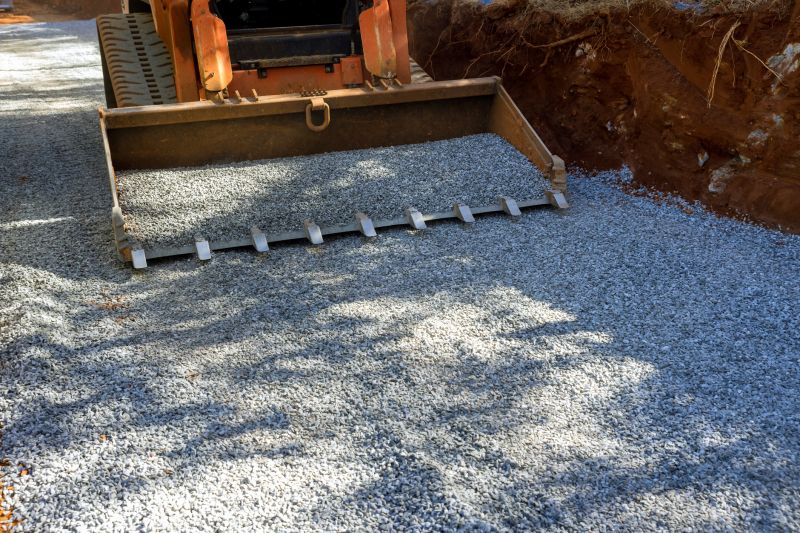
Soil conditions are optimal for grading when moisture levels are appropriate, typically during dry periods.
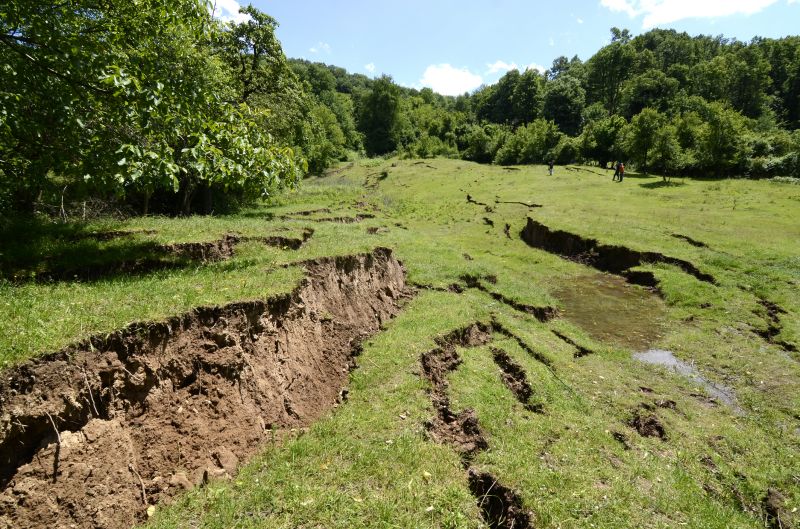
Weather patterns influence grading schedules; dry seasons allow for better soil stability.
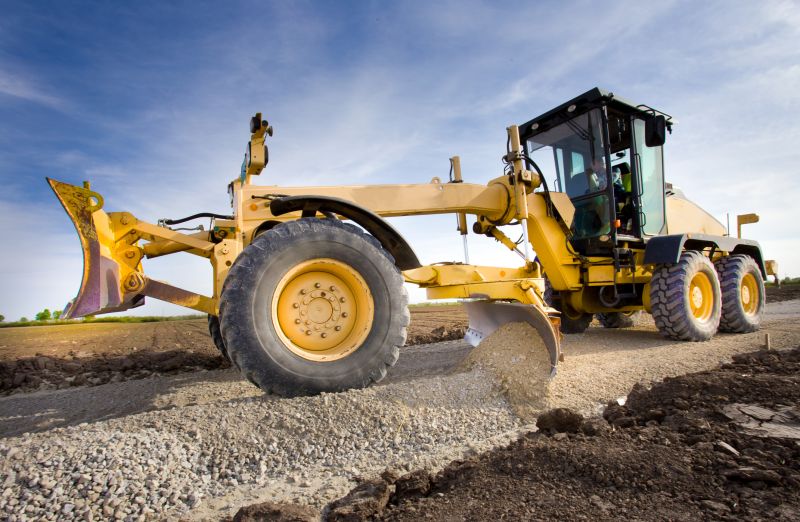
Ensuring machinery availability during favorable weather reduces downtime and improves grading quality.
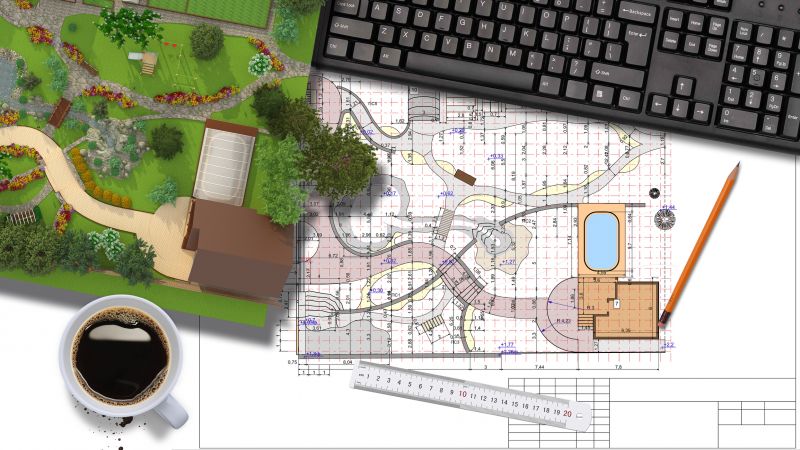
Ways to make Gradings work in tight or awkward layouts.
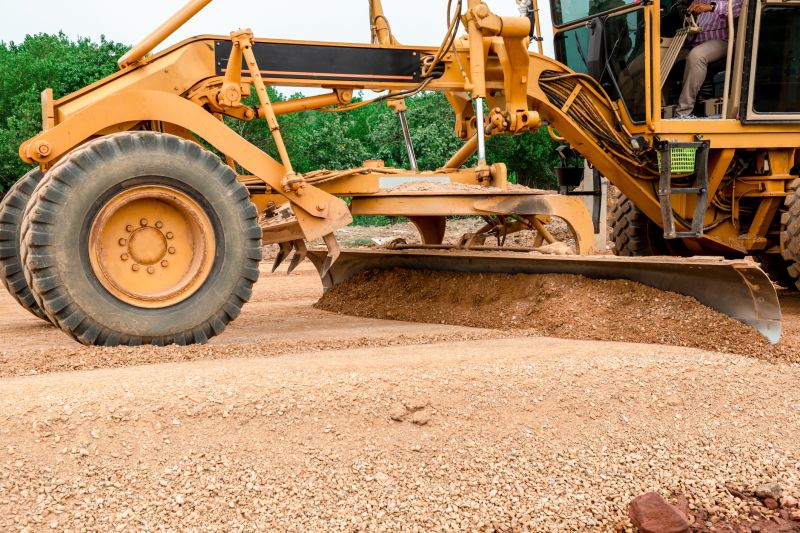
Popular materials for Gradings and why they hold up over time.

Simple add-ons that improve Gradings without blowing the budget.

High-end options that actually feel worth it for Gradings.

Finishes and colors that play nicely with Gradings.
| Optimal Timing Factors | Details |
|---|---|
| Dry Season | Reduces soil erosion and improves compaction quality. |
| Post-Excavation | Ensures site stability before final grading. |
| Pre-Construction Phase | Prepares the site for subsequent building activities. |
| Weather Stability | Minimizes delays caused by adverse conditions. |
| Equipment Availability | Aligns with periods when machinery is accessible. |
| Soil Moisture Levels | Ideal moisture levels for soil work are maintained. |
| Project Schedule | Coordinates with overall project timelines. |
| Environmental Regulations | Complies with guidelines for soil disturbance. |
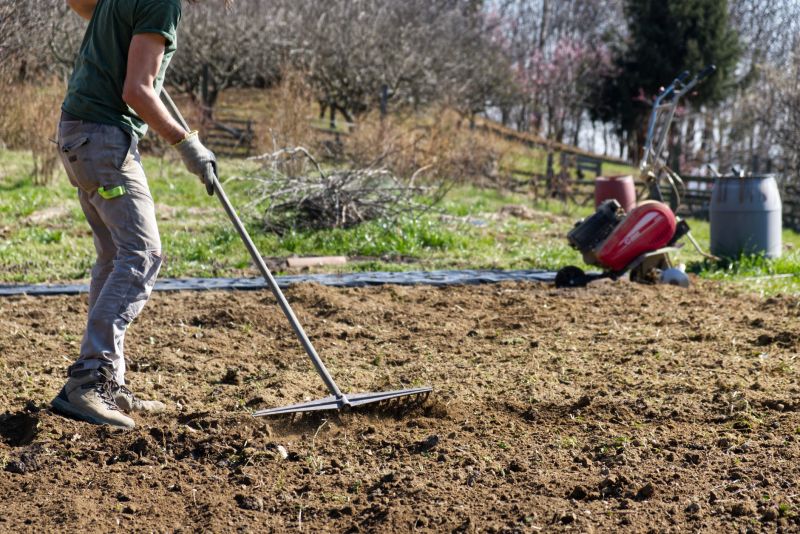
Workers leveling soil to prepare for construction phases.
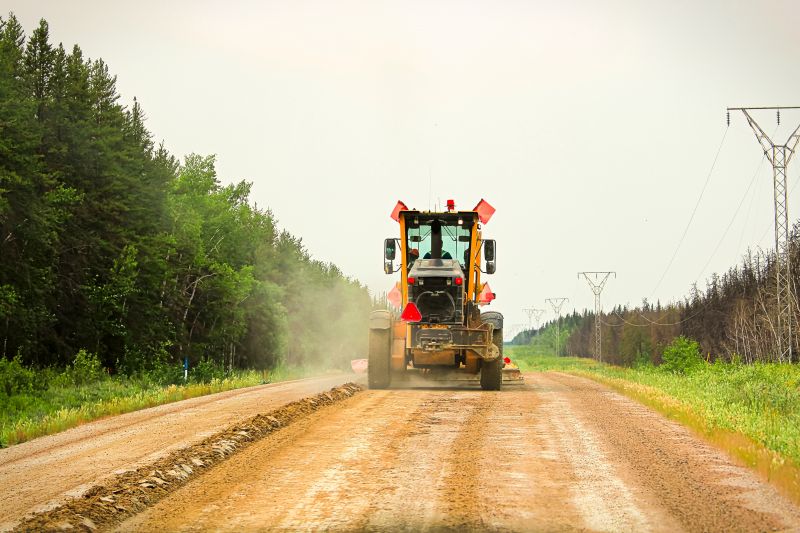
Equipment used for efficient grading operations.
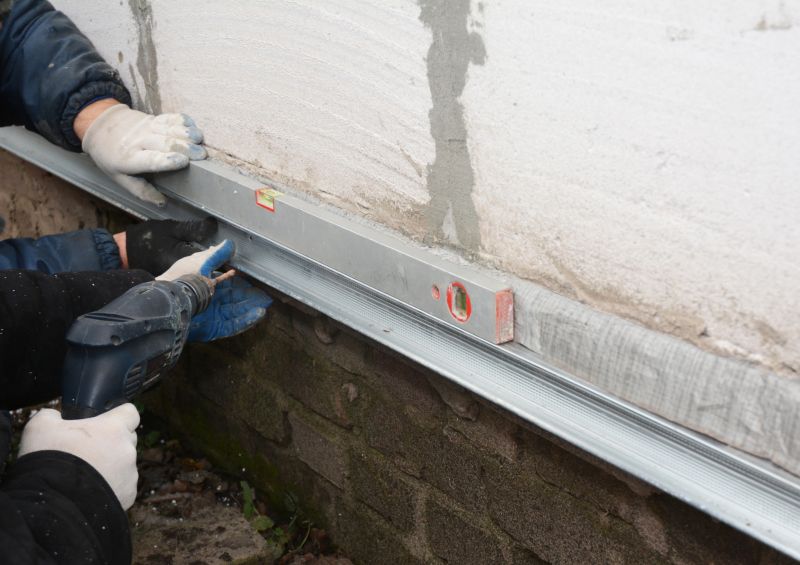
Completed grading ensures a stable foundation.
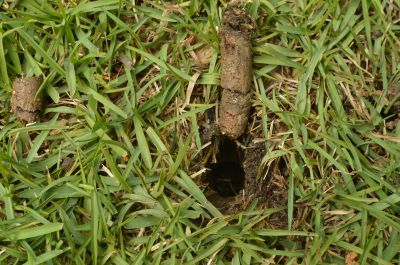
Monitoring soil moisture for optimal grading.
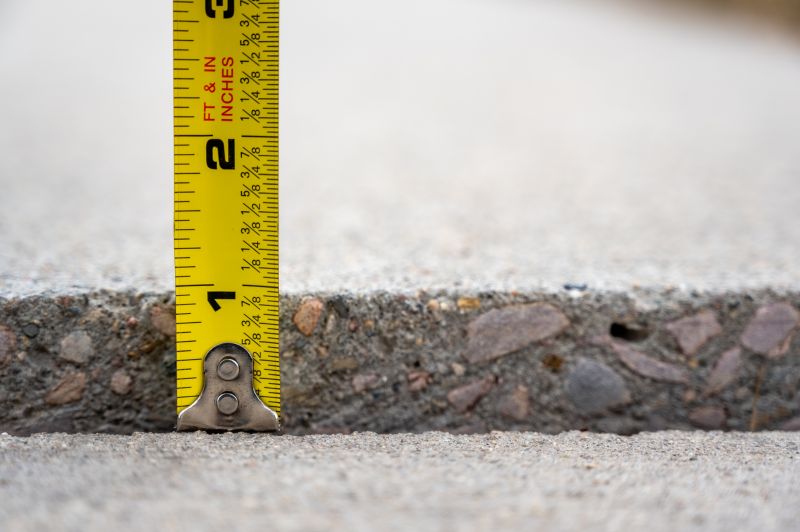
Little measurements that prevent headaches on Gradings day.

A 60-second routine that keeps Gradings looking new.
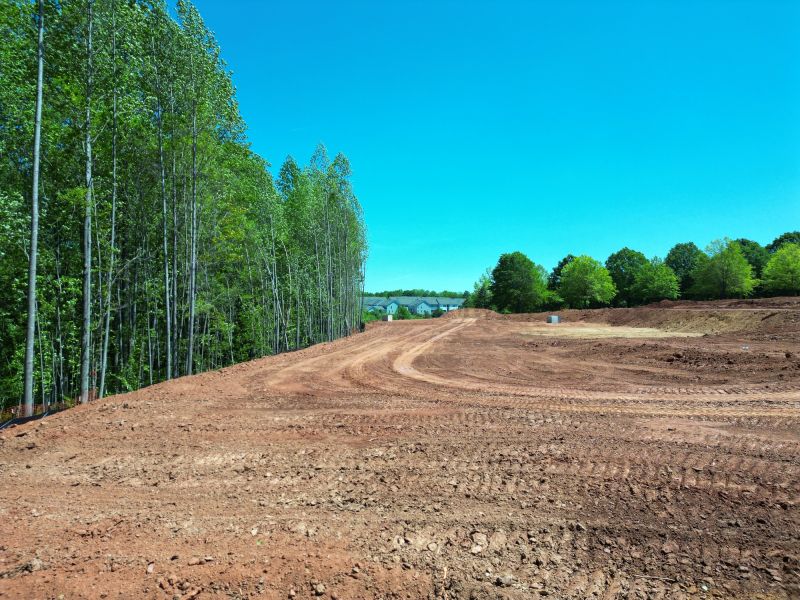
A frequent mistake in Gradings and how to dodge it.

Small tweaks to make Gradings safer and easier to use.
Interested parties should consider scheduling gradings during periods of stable weather and optimal soil conditions. Proper timing enhances work quality and reduces potential complications. For further guidance on timing and planning, contact professionals experienced in site preparation and grading services.
